After a run of disappointing results came to an end with a Copa del Rey win over Leganes in midweek, Santiago Solari and Real Madrid were out to add to the optimism as they travelled to the Estadio Benito Villamarin to face Real Betis in La Liga. Dani Ceballos’ late free-kick meant that they came away with it, despite Luka Modric’s opener being cancelled out by Sergio Canales’ controversial equaliser in the 2-1 win.
It was an experimental evening for Solari, who made some intriguing tactical and stylistic changes to the set-up of his team. Here, our tactical analysis will use statistics to identify what key points Real Madrid can take from the game as they secured a La Liga victory away from home.
Experimenting with three at the back
Not since the famous eighth Champions League title victory under Vicente del Bosque have Real Madrid started with a back three and got a result. Julen Lopetegui’s experiment against Barcelona showed it is not always easy to implement. Santiago Solari has never been one to experiment, almost always rigidly sticking to a 4-3-3 or 4-2-3-1 whilst with Castilla and now the Real Madrid first team.
On Sunday evening, however, he got experimental and mixed things up with a shock selection of a 3-5-2 formation featuring Raphael Varane, Sergio Ramos and Nacho as a central back three. After weeks of looking defensively shabby and being easily cut up by opposition movement, Solari opted to simply jam pack the back line to avoid any repeats.
It also permitted Dani Carvajal and Sergio Reguilon to burst forward with less of a fear of what may happen in behind. The approach is similar to the role that Casemiro has played at times, dropping in to become a third defender. Here though, Casemiro could afford to stay in the middle, giving Luka Modric more space to roam, as occurred when he opened the scoring.
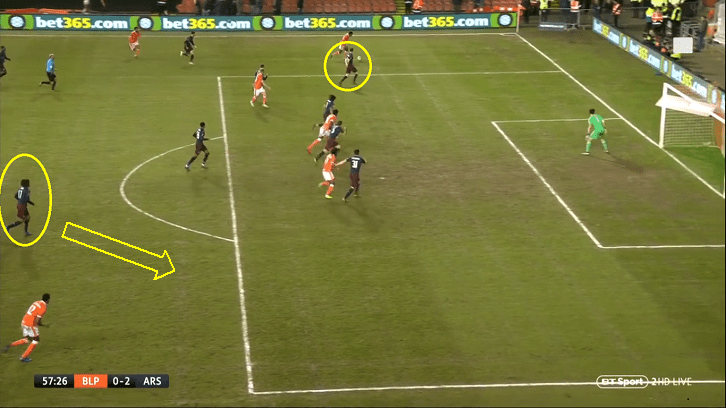
In particular, it protected Los Blancos from attacks on the break. Betis only managed two counter attacks in the full 90 minutes, with Madrid’s deep defensive line preventing any opportunity of catching them out. It worked to a tee, with Betis failing to register a shot on target in the first half, and may well be an option worth considering for the future. As Ramos and Marcelo age, if they are to be the first-choice defenders in the backline, such an approach may be fundamental to protecting themselves defensively.
An enforced change
In the end, a worn out Reguilon, injury to Karim Benzema leaving the inexperienced Cristo Rodriguez as the sole striker and a Betis equaliser led to a change. Again though, it was not typical from Solari, going to a 4-4-2 of sorts, rather than his preferred 4-3-3. This was more dynamic in shape though, allowing each winger – Vinicius Junior and Ceballos, and later on Brahim Diaz – greater freedom to push forwards and support Cristo.
So many tactical changes have not been seen in a single game since the UEFA Super Cup defeat to Atletico Madrid in August, and are a real departure from the norm from Solari. It is clear that even now he is yet to choose his strongest team, though that is not helped by injuries and suspensions. Soon, however, he must look to nail down a preferred look to his team.
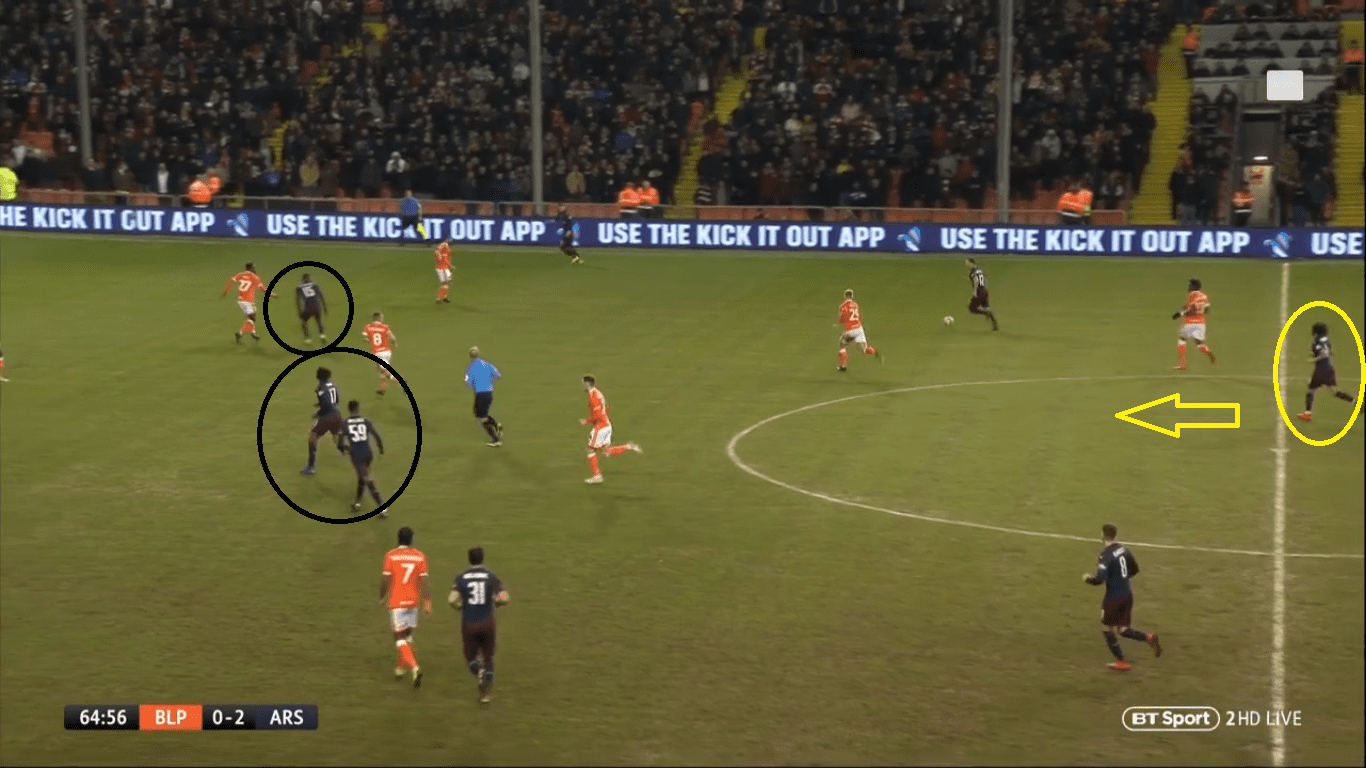
Notable again was the absence of Isco, not selected even with four midfielders on the pitch and with Castilla forward Cristo preferred to replace Benzema. His future remains up in the air so long as Solari is in the dug-out, but the experimentation of the coach clearly shows that he is not convinced by the options that he has. Failure to recognise the role that Isco could play as a number 10 may prove to be the kind of stubbornness that may cost him his job.
Possession – or lack of it
Real Madrid, for the first time in eight years, registered just 26% possession. In fact, it was the lowest since the Clasico of 2010/11 when Jose Mourinho’s ‘parking of the bus’ was labelled a disgrace by many. What’s more, Modric, the Ballon d’Or winner and midfield dictator, managed fewer passes than Betis goalkeeper Pau Lopez.
The question will be asked of whether that matters, given that Los Blancos took the three points, but for many fans it will. At some points of the tie, Real Madrid had less than 16% of possession, well and truly being played off the park by the opposition. Whilst the points and wins are coming with such an approach, fans will tolerate it. But the second that wins turn to draws, as was minutes away from happening in Seville, fans will not have much patience.
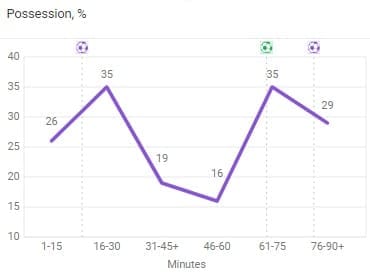
At no point in the tie did Real Madrid achieve over 35% possession, which may have been by design. The concern will be that the team did not take great advantage when on the ball. Rather than being clinical, the two goals came through a deflected clearance to tee up Modric and a free-kick. That is not a reliable way to expect goals to flow in the weeks to come.
No Marcelo, no problem?
Perhaps the biggest surprise in Solari’s decision making on Sunday evening was not the set-up of the team, but rather who was involved. In particular, his decision to drop vice-captain Marcelo in favour of youngster Reguilon, who starred against Leganes in the Copa del Rey in midweek after a spell on the sidelines through injury, was a surprise.
Without the Brazilian, it was clear that Real Betis got nothing out of their attempts to attack down the left flank. Reguilon was not actually successful in any of his four defensive duels, which could be concerning, but with plenty of cover that was not an issue. In fact, he only lost one with only one challenge coming in the final third, showing how when he did break forwards, he did so responsibly.
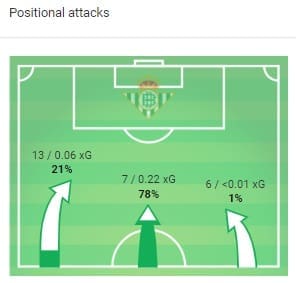
It would be too simplistic to put this down solely to the exclusion of Marcelo. The introduction of the back three made Real Madrid much more resistent defensively and Betis posed very little threat, creating just 0.44 xG in total. However, that virtually none of that came down Reguilon’s side, despite making 23% of their moves down that wing, reflects a much more defensively strong display. After such a display, it will be tough for Solari to drop the homegrown talent.
Conclusion
For all of Betis’ possession, they threatened very little with it. That is nothing new in La Liga, but it was fortunate for Real Madrid. Having posed very little threat of their own, Los Blancos did look more defensively sturdy, which is a step in the right direction. Solari has Ceballos’ late free-kick to thank for a much more optimistic feeling around the club than there may have been had his experiment backfired, but it could be the first step on a path to a more successful team.
If you love tactical analysis, then you’ll love the digital magazines from totalfootballanalysis.com – a guaranteed 100+ pages of pure tactical analysis covering topics from the Premier League, Serie A, La Liga, Bundesliga and many, many more. Pre-order your copy of the January issue for just ₤4.99 here, or even better sign up for a ₤50 annual membership (12 monthly issues plus the annual review) right here.

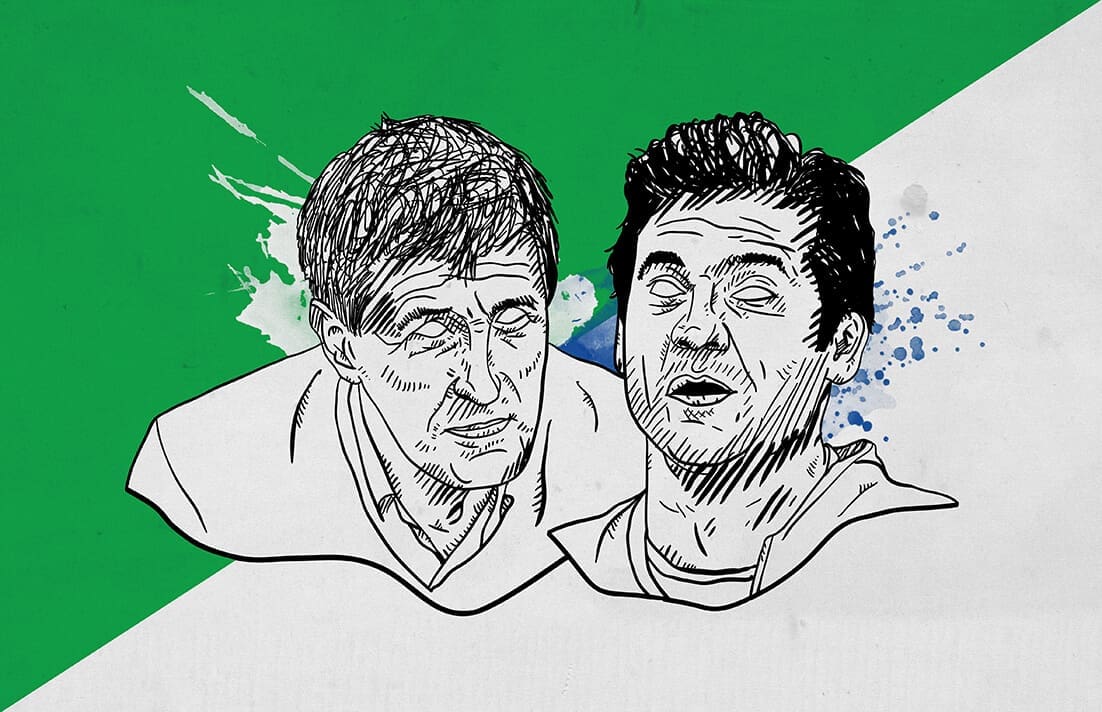



Comments